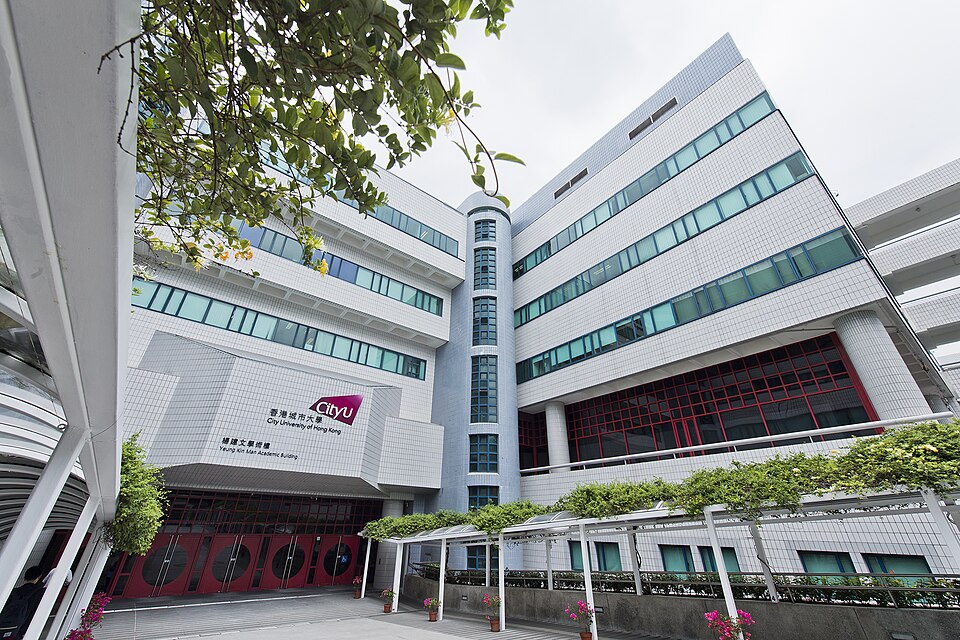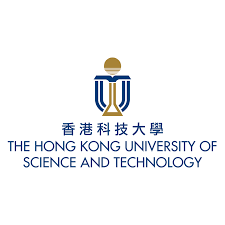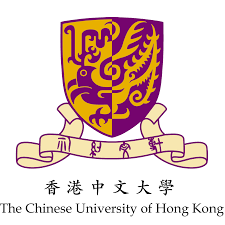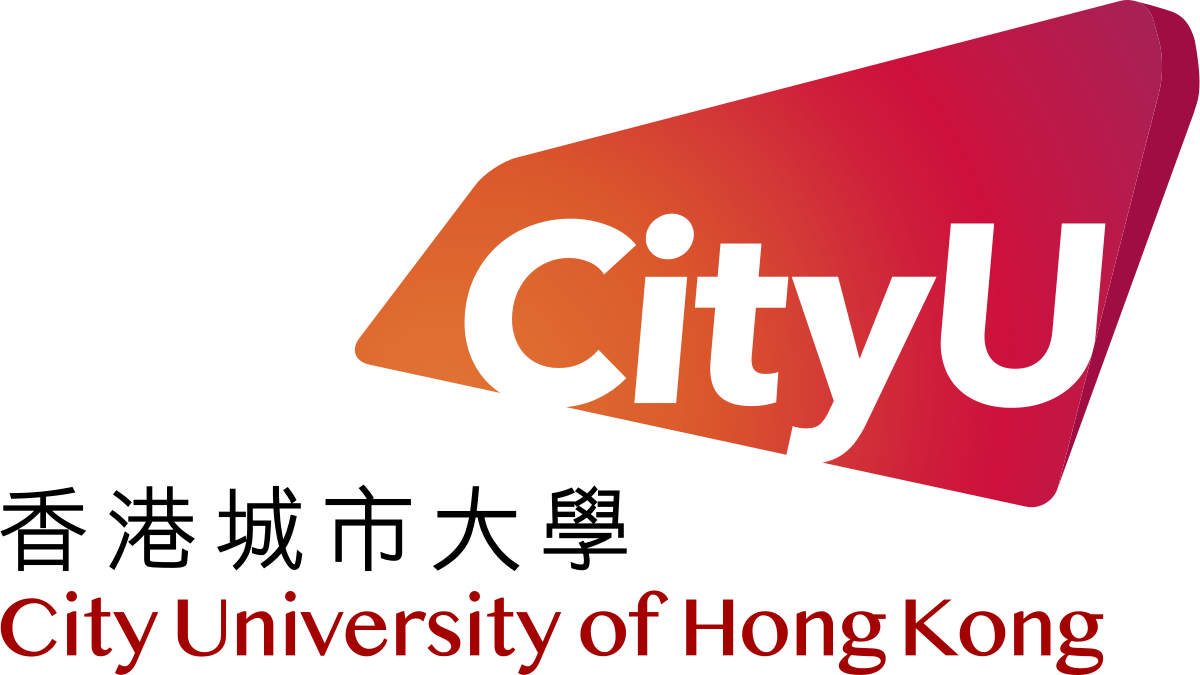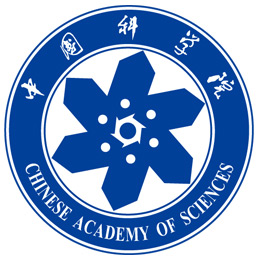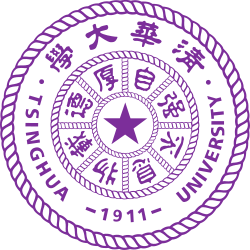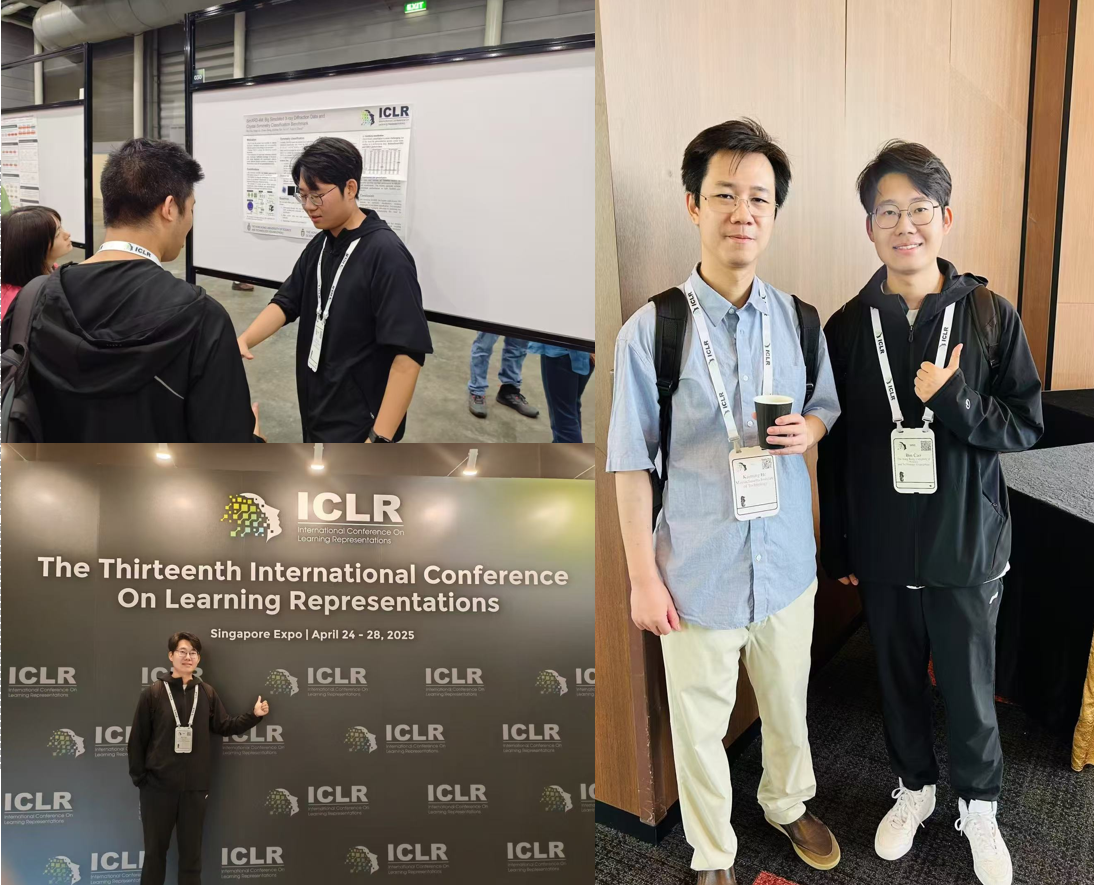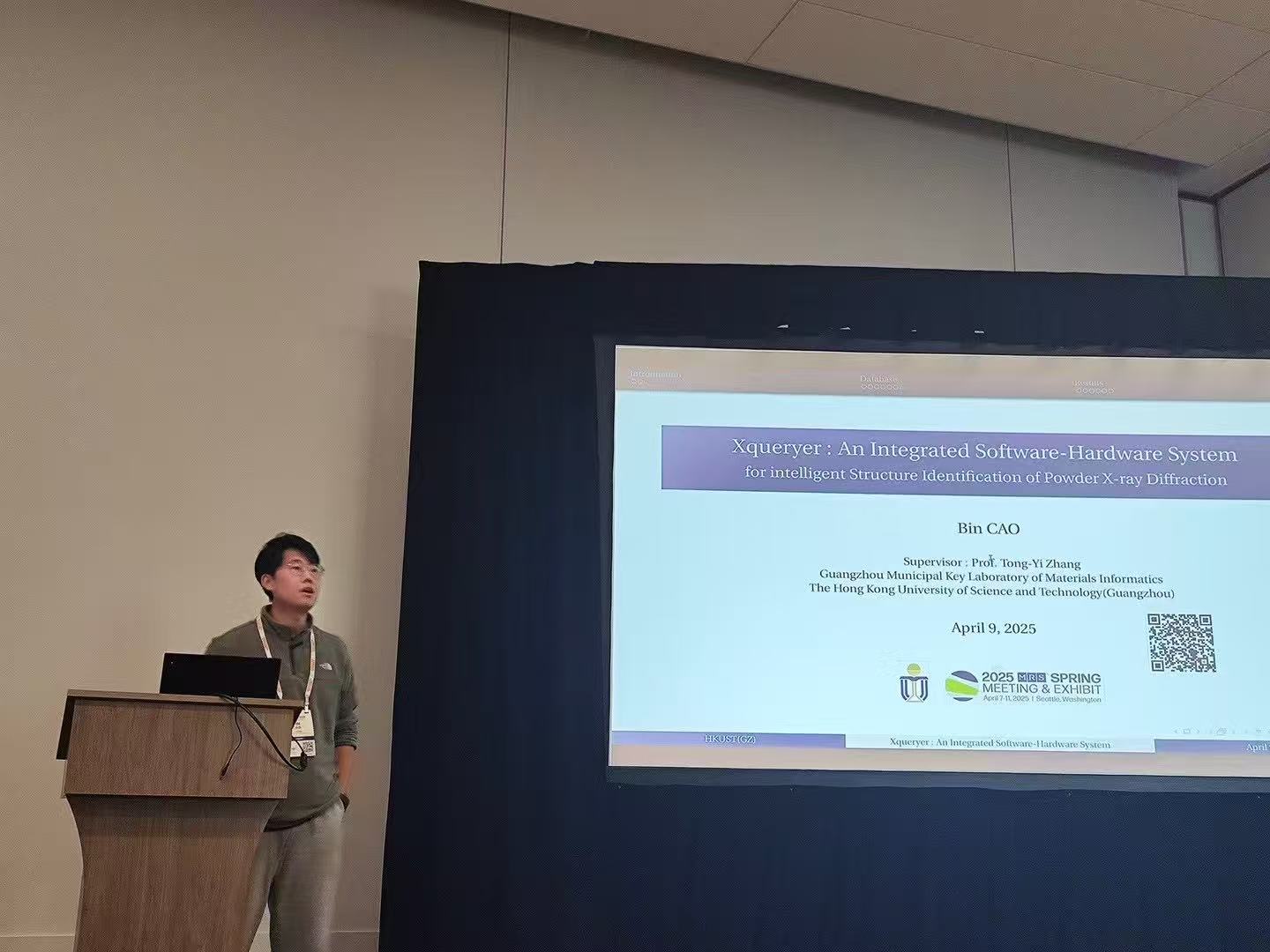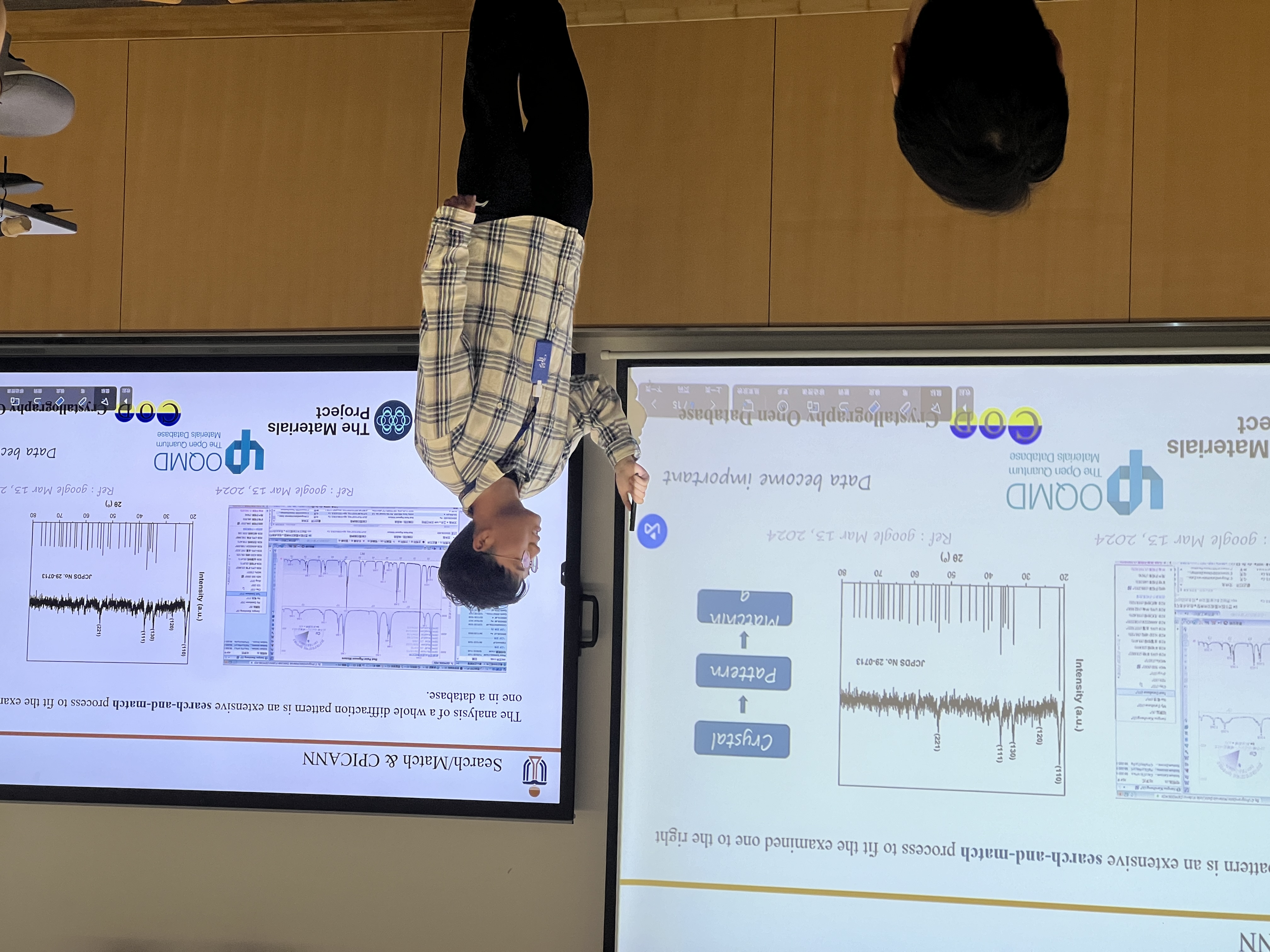Bin CAO
is a researcher in Artificial Intelligence for Computational Materials (AI4CM), with a research focus on crystallography, spectroscopy, and data-driven materials characterization. His work integrates physics-based diffraction simulation with machine learning methodologies, particularly emphasizing spectrum-informed sequence models and graph neural representations of crystal structures.
Driven by a strong commitment to open science, he actively promotes the transparent and reproducible dissemination of research outcomes. All source codes and models from his studies are openly released on GitHub and Hugging Face, fostering accessibility and collaboration within the scientific community.
He has received several distinctions, including the National Scholarship (2022), the Outstanding Young Academic Presentation Award at the China Materials Conference (CMC) 2024, and an Invited Young Talents Academic Report at CMC 2025.







